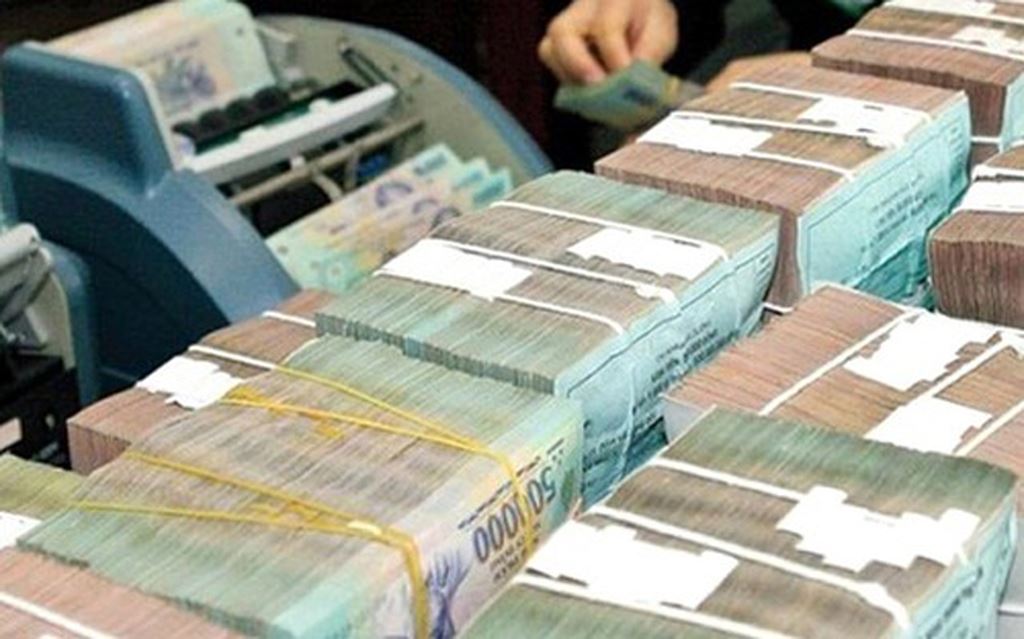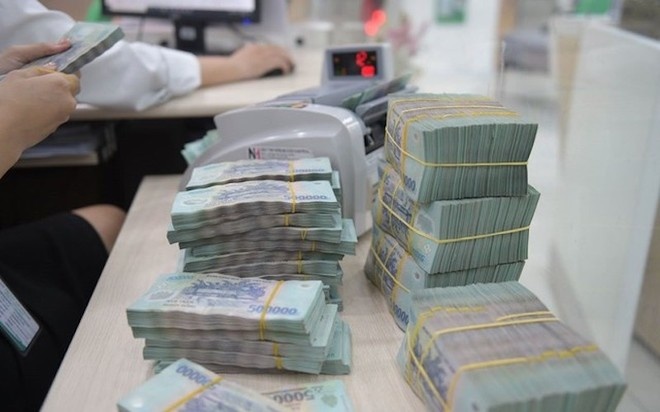Signs of suspicious activity of money laundering in Banking Sector in Vietnam
What are the signs of suspicious activity of money laundering in Banking Sector in Vietnam? - Mai Hoa (Dong Nai)

Signs of suspicious activity of money laundering in Banking Sector in Vietnam (Internet image)
Regarding this issue, LawNet would like to answer as follows:
1. What are common signs of suspicious activity of money laundering?
According to Article 27 of the Anti-Money Laundering Law 2022, the common signs of suspicious activity of money laundering include:
- The customer refuses to provide information or provide inaccurate, inadequate and inconsistent identities.
- The customer induces the reporting entity not to report the transaction to the competent state authority.
- It is unlikely to identify a customer based on the information provided by the customer or a transaction relating to an anonymous party.
- The phone number provided by a customer does not work or exist after an account is created or a transaction is performed.
- The transaction is performed by order or according to the authorization obtained from entities and persons defined in the Greylist.
- The transaction can, based on the customer’s identification information or through examination of economic and legal concepts thereof, determine the connection between the parties involved and criminal activities or the association with the entities or persons appearing on the Greylist.
- The natural or legal person participates in a transaction at great expense, which is deemed as incommensurate with their business situation and income.
- The customer requests the reporting entity to carry out a transaction without conforming to the procedures and processes required by law.
2. Signs of suspicious activity of money laundering in Banking Sector in Vietnam
The signs of suspicious activity of money laundering in Banking Sector in Vietnam are regulated as follows:
(1) There is a dramatic change in the volume of transactions performed on an account; money flowing in or out from an account quickly; despite the great volume of transactions in a day, the balance remaining in an account is tiny or equals zero.
(2) A small amount of money is transmitted for a short while from different accounts to an account or vice versa; money is transmitted from or to multiple accounts; parties involved do not care about transaction fees; a lot of transactions, each of which is close to the great value requiring to be reported, are performed.
(3) A letter of credit and other trade finance facilities of which value is unusually great, and the proportion(s) of discount to value is high, are used.
(4) A customer has access to multiple accounts opened by credit institutions or foreign bank branches in a geographic area different from the place where he/she resides, works or does business.
(5) A customer’s account suddenly records a usually large amount of funds that are deposited or transferred.
(6) A large amount of funds are transmitted overseas from a company’s account after that account receives multiple small amounts that are wired or in form of cheques or drafts.
(7) A foreign-invested economic entity transmits money abroad after receipt of investment capital, or remits money overseas despite not allowed to do so according to its scope of business;
A foreign investor transmits money abroad promptly after receiving funds from abroad to the account opened at any credit institution or foreign bank branch doing business in Vietnam.
(8) A customer frequently converts low-value banknotes into high-value ones.
(9) A transaction involving depositing or withdrawal of funds is performed by an entity or person creating illegal assets as a result of criminal activity that has been named on the mass media.
(10) A customer requests the lending of a permissible maximum amount for which it/he/she may provide security by using a life insurance policy of which total premium is paid on a lump sum basis promptly after payment of insurance costs.
(11) Information about the origin(s) of asset(s) used as financing, investment(s), lending or entrusted investment of a customer is not clear or transparent.
(12) Information about the origin of property put up as collateral of a customer requesting the lending of funds is incomplete and inaccurate.
(13) There is a suspicion that a customer uses a personal account for conducting a transaction relating to the structure of a legal person, or acting on behalf of other natural person to perform a transaction.
(14) Online transactions are performed through accounts that frequently change in terms of login devices or internet protocol (IP) addresses abroad.
(Article 28 of the Anti-Money Laundering Law 2022)
Nguyen Thi Hoai Thuong
- Cases of land rent exemption and reduction under the latest regulations in Vietnam
- Economic infrastructure and social infrastructure system in Thu Duc City, Ho Chi Minh City
- Regulations on ordination with foreign elements in religious organizations in Vietnam
- Increase land compensation prices in Vietnam from January 1, 2026
- Determination of land compensation levels for damage during land requisition process in Vietnam
- Who is permitted to purchase social housing according to latest regulations in Vietnam?
-

- Strengthening the review of transactions related ...
- 17:29, 15/11/2024
-

- Directive on strengthening risk management of ...
- 17:56, 12/11/2024
-

- Money laundering risk management and customer ...
- 11:00, 07/10/2024
-

- Emergency response and search and rescue organizations ...
- 10:29, 11/09/2024
-

- Handling of the acceptance results of ministerial ...
- 09:30, 11/09/2024
-

- Notable new policies of Vietnam effective as of ...
- 16:26, 11/04/2025
-
.Medium.png)
- Notable documents of Vietnam in the previous week ...
- 16:21, 11/04/2025
-
.Medium.png)
- Notable documents of Vietnam in the previous week ...
- 16:11, 02/04/2025
-
.Medium.png)
- Notable new policies of Vietnam to be effective ...
- 16:04, 02/04/2025
-
.Medium.png)
- Notable new policies of Vietnam effective from ...
- 14:51, 21/03/2025
 Article table of contents
Article table of contents
